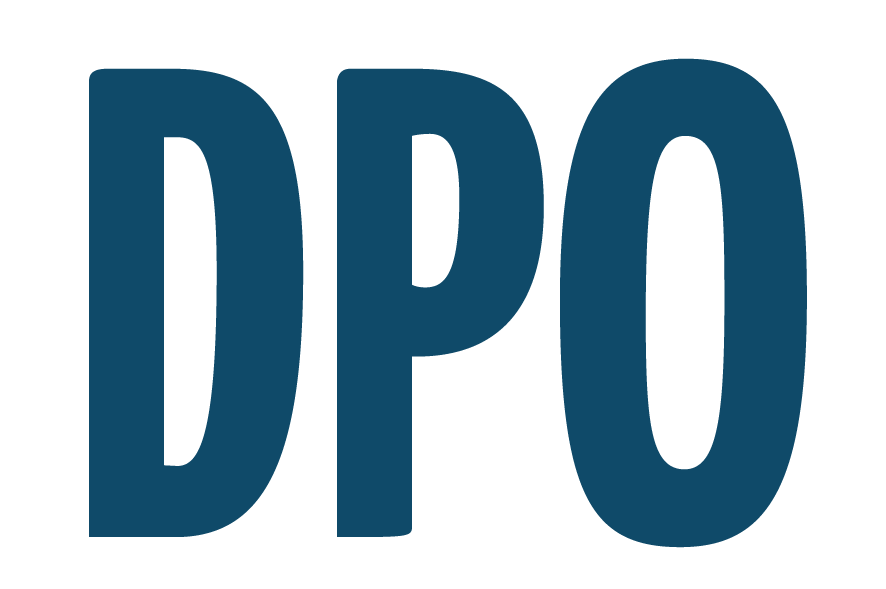The True Cost of Manual Purchase Orders
- Bogdan Büchner
- Oct 5
- 2 min read
The Hidden Price of Paperwork
At first glance, creating purchase orders manually might seem harmless — just a few emails, an Excel sheet, and some approvals. But behind this simple routine lies a significant drain on time, money, and accuracy.Across industries, manual PO handling is one of the most underestimated cost drivers in procurement.

How Much Does a Manual Purchase Order Really Cost?
Recent benchmarking studies show that a single manually processed purchase order can cost between $30 and $60, depending on the company size and complexity.That cost includes not only the labor time to create, approve, and track the PO, but also hidden costs:
Email follow-ups and status checks
Manual data entry into ERP systems
Invoice matching errors and rework
Lost or duplicated POs
In contrast, automated systems typically reduce this cost to $5–$10 per order, thanks to centralized approval workflows and real-time visibility.
The Time Factor: From Hours to Minutes
A manual PO often requires several back-and-forth emails between requesters, approvers, and finance teams.Average cycle times:
Manual PO: 8–12 hours of combined processing time
Automated PO: 15–30 minutes from creation to approval
That time difference translates into faster project execution and better supplier relationships — especially for teams working across multiple departments or locations.
Error Rates and Risk Exposure
Human error is an expensive companion of manual work. Studies show that 1–3 % of all manual POs contain critical mistakes — wrong supplier codes, pricing errors, or missing approvals.Each error can delay payments, distort budgets, or even trigger compliance issues.Automation minimizes these risks through standardized templates, predefined approval rules, and digital audit trails.
Beyond Efficiency: The Strategic View
Automating POs isn’t just about saving time — it’s about gaining control.Digital platforms like Digital Purchase Order (DPO) enable finance and procurement teams to:
Monitor budgets in real time
Ensure consistent approval processes
Integrate seamlessly with accounting systems
Generate transparent audit logs for compliance
The result: procurement becomes a data-driven, strategic partner instead of a reactive support function.
Conclusion: Efficiency Is No Longer Optional
Every manual purchase order represents lost efficiency and hidden costs that quietly eat into margins.By digitizing PO management, organizations can reclaim control over time, accuracy, and spend visibility — creating measurable ROI within months.
